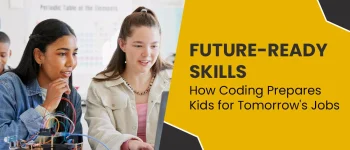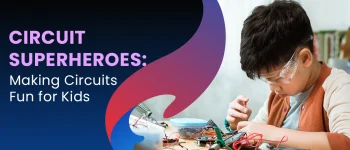
Private education and public education have several key differences. Private schools tend to have smaller class sizes and provide individualized attention to students. They often have a selective admission process and charge tuition fees, which can be costly. Public schools, on the other hand, are free of charge and open to all students, regardless of their abilities or backgrounds. Public schools usually have larger class sizes and may have less individualized attention. However, they offer a wider range of resources and programs due to government funding. Overall, the choice between private and public education depends on personal preferences and financial considerations..
As of 2021, there are approximately 33,000 private schools and 98,000 public schools in the United States, according to the National Center for Education Statistics (NCES), which is a division of the U.S. Department of Education. Undoubtedly, selecting the ideal school from the numerous available options can be a daunting task.
When it comes to education, one of the biggest decisions you will make for your child is where to send them to school. There are two primary options available to you – public and private education. Understanding the key differences between these two models can help you make an informed decision that is best for your child’s academic and personal growth.
Let’s take a closer look at the differences between private and public education.
Firstly, one of the most notable contrasts between private and public education is its affordability. Public schools, being government-funded, are free of cost. Conversely, private schools rely heavily on financial support from private donors, trustees, and other stakeholders, leading to a comparatively higher cost than public schools. In the United States, the average annual tuition fee for private K-12 schools is around $23,839, with education sometimes surging as high as $292,719 per year, depending on several factors.
Another significant difference between private and public education lies in class sizes. Public schools typically have larger class sizes, making it harder for teachers to provide individualized attention to each student. On the other hand, private schools have smaller class sizes, allowing teachers to personalize their teaching methods and get to know each student on a deeper level. A smaller class size facilitates more one-on-one interactions between teachers and students, leading to a more personalized learning experience.
Public and private schools also differ significantly in terms of curriculum and programs. Public schools operate under a regulated curriculum that is standardized for all students due to their government funding. As a result, they have less flexibility to provide targeted learning experiences that cater to each student’s unique learning style. Private schools, on the other hand, have greater autonomy to design and implement their curricula that are often in sync with the latest technologies and economic trends. They focus on the holistic development of a child by offering a range of intellectual, philosophical, and specialized programs that cater to specific interests or learning styles.
Teacher qualifications also vary between public and private schools. Public schools generally have stricter accountability standards and therefore require their teachers to meet more demanding qualifications. In most cases, public school teachers must have at least a bachelor’s degree in education or a related field, and many states also require them to pass a licensing exam. On the contrary, private schools have more flexibility when hiring teachers. While many private schools still prefer to hire teachers with a bachelor’s degree in education or a related field, some may hire teachers with just a high school diploma or equivalent. Private schools are not subject to the same licensing requirements as public schools, meaning that teachers may not need to pass a licensing exam to teach in a private school.
Extracurricular activities also differ between public and private schools. Public schools often have a wide range of clubs, sports teams, and community services that students can participate in. Private schools may also offer these types of activities, but they may be more specialized and focused on particular interests or hobbies. However, the availability of such activities may vary depending on the size and infrastructure of the private school.
Ultimately, when choosing between private and public education, there is no one-size-fits-all answer. The right choice for your child will depend on various factors, including your family’s budget, your child’s academic and personal needs, and your values and priorities. It’s important to research and carefully evaluate each school you’re considering. Talk to other parents with children at the school, schedule a tour, and ask questions about the school’s curriculum, teacher qualifications, and extracurricular offerings. Whether you choose private or public education, make sure that your child feels safe, supported, and engaged.
At Moonpreneur, we understand the needs and demands this rapidly changing technological world is bringing with it for our kids. Thus, we are on a mission to educate and ignite the flames of entrepreneurship through our holistically created online STEM programs, which will help kids master the futuristic sciences such as Robotics, Game Development, App Development, Advanced Math, and much more! Register for a free 60-minute Robotics Workshop today!
Source: moonpreneur.com
Hashtags: #Private #Education #Public #Education #Key #Differences










 24hMinecraft is a Minecraft community created by fans, where users can share and download their favorite shader packs, mods, maps, texture packs, or expand their knowledge with our guides.
24hMinecraft is a Minecraft community created by fans, where users can share and download their favorite shader packs, mods, maps, texture packs, or expand their knowledge with our guides.
Leave a Reply